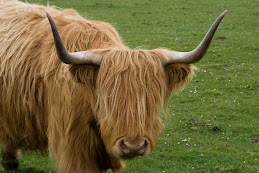
Es un festival que atrae mucha, mucha, mucha gente no solo de Inglaterra sino de toda Europa que viene a pasar el fin de semana de carnaval. Cuando digo mucha gente, dicen que esta vez atendieron 1.5 millones de personas al carnaval. El carnaval se celebra en un barrio de la ciudad que se conoce como Notting Hill, donde viven muchos londinenses ricos o famosos. El festival literalmente se toma las calles.

La atracción principal para muchos es el desfile de caravanas, que incluye bailes, tambores, trajes vistosos y bailes por supuesto bailarines. Además del desfile habían numerosas tarimas con música en vivo y DJs en diferentes locaciones en el barrio, muchos ni siquiera ven el desfile, solamente vienen a disfrutar la música y por supuesto las bebidas. En cuanto a música, un poco de Soca y calipso, reggae, funk y house.










